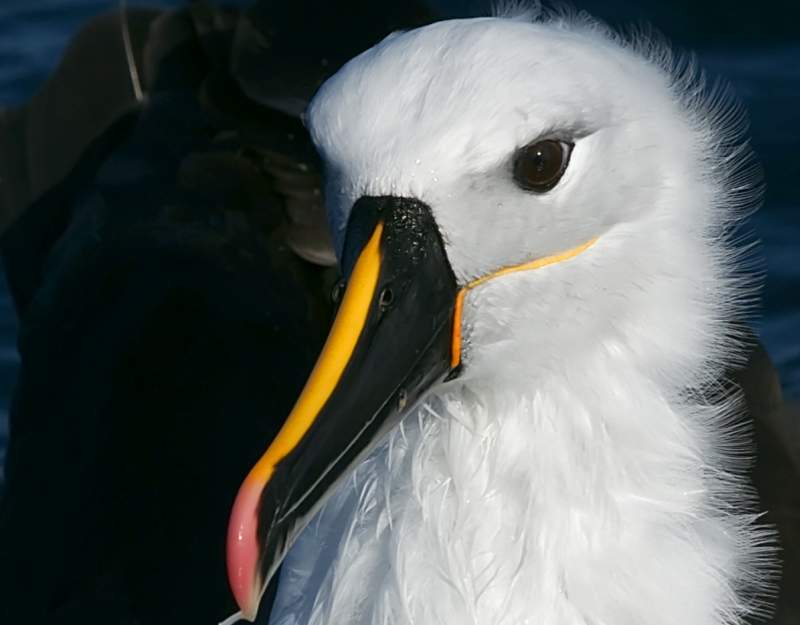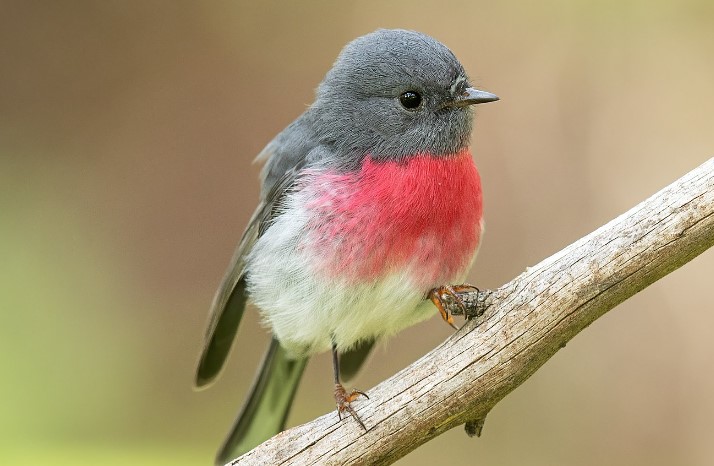Family: The yellow-nosed albatross (Thalassarche chlororhynchos) is a large seabird in the albatross family Diomedeidae in the genus Thalassarche.
Habitat: The yellow-nosed Albatrosses appear small in the company of other albatrosses, which emphasizes their comparatively large bills. Its wingspan is just over two meters. A Yellow-nosed Albatross breeds along the northern limit of the subantarctic zone, but while in Australian waters it is a bird of temperate to subtropical waters. Seasonal dispersal is probably influenced by the sea’s surface temperatures and perhaps the surrounding air.
Probably the most common mollymawk in the seas off western South Australia and the southern and central coasts of Western Australia. Most albatrosses follow ships, but yellow-nosed albatrosses attend fishing boats to the point that they can sometimes become a nuisance. A few drown by taking baited hooks from boats engaged in long-line fishing, while others are shot to prevent bait loss. Each August, the birds nest on their breeding islands.

Vocalizations: Guttural coughing when squabbling for food and during courtship; also bill clapping, a call with head tilted back, and a bleating cry, all in the display.
Courtship: He stretches out his neck, raises his wings, erects his feathers, and repeats high-pitched calls that resemble shrill laughter during courtship. He rubs his head against the female’s, and the female responds by doing the same. Nests are built by both sexes.
Identification: Both sexes are similar. The head is white with grey-smudged cheeks in newly molted plumage. The back and upper wings are dull to glossy brown-black. The tail is black. The underparts are white. The underwings are white with a narrow black edge all around, slightly broader on the leading edge. The eyes are brown or black. Slender hooked bill black with a chrome-yellow strip along the upper central ridge. Feet, toes, and webs are dull blue-grey. The immature bird has a little yellow on the bill and later a straw-yellow line along the top. Smaller than adults. The downy young are grey-downed, white on the face with a bare chin and throat; the bill is black, and the feet are pale leaden.

Nesting: Moreover, nesting and breeding occur in the summer. Nest in a solid mud bowl on the ground, reinforced with plants.
Eggs: Yellow-nosed Albatross lays one egg, white with brown markings, mainly at the larger end; ellipsoidal, about 96 x 62 mm. Egg-laying begins in mid-September. A typical incubation period is 78 days, for both sexes in shifts. Young, fed by both parents. He fled in 18 weeks.
Distribution: Yellow-nosed Albatross breeds on the Tristan da Cunha group in the Atlantic Ocean and the Prince Edward, Saint-Paul, and Amsterdam Islands in the Indian Ocean. Occurs from the South Atlantic east to the Indian Ocean and Tasman Sea.
Diet: Their natural diet includes fish, squid, cuttlefish, and crustaceans. It sometimes hunts for prey at night instead of day.
Alternative Names: The bird is also known as Carter’s Albatross and Yellow-nosed Mollymawk.
Size: Yellow-nosed Albatross measures about 810 mm long; wingspan is 2100 mm.
Races: There are no races.
Read More – Wandering Albatross – The Largest Flying Bird







